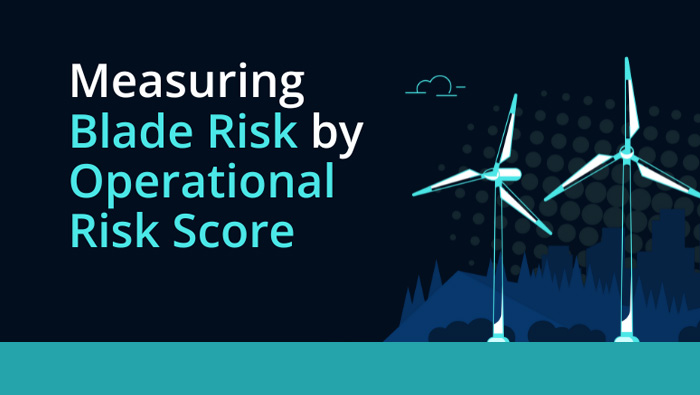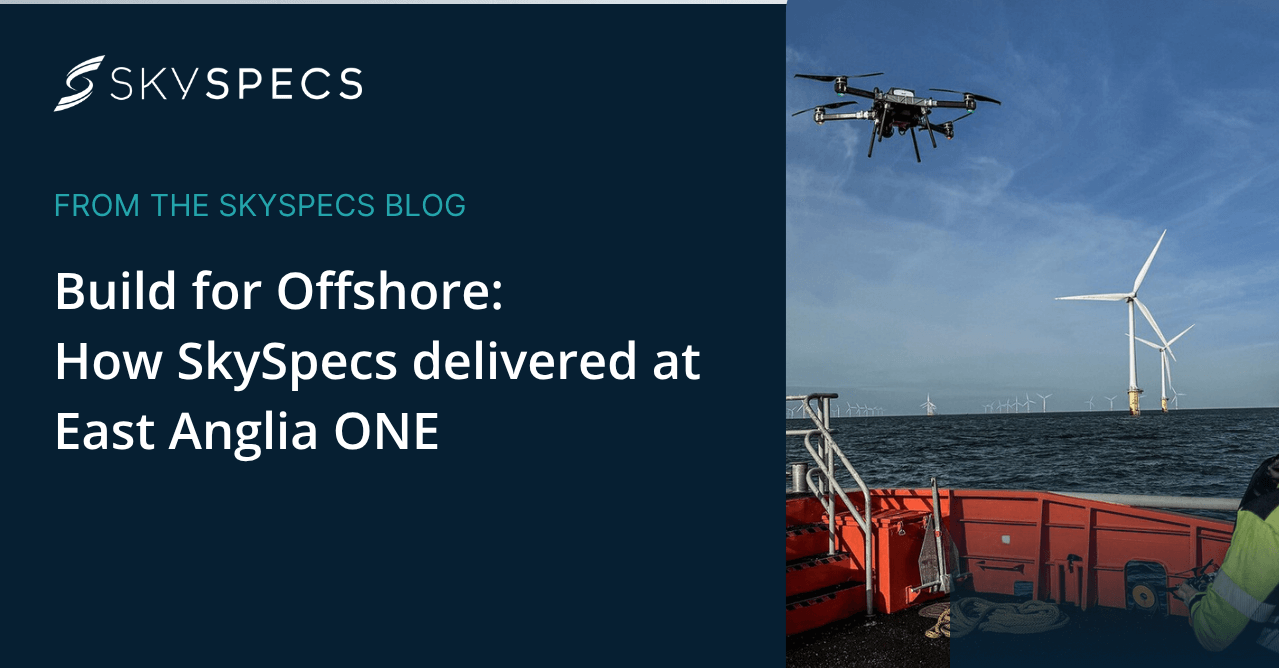One of the biggest parts of blade management is the regular risk assessment. Blade failures can occur at any time due to environmental damage, time in service, recurring defects, or location. However, fixing all damages or faults is time-consuming and expensive, so owner-operators need a way to prioritize risk and maintenance jobs.
One way to assess the level of risk is through operational risk scores – an advanced look at blade condition that goes beyond standard severity models in blade management.
In this webinar, we discuss operational risk scores, aka OpSeverity, why we use this model, what factors affect the score, and how we can use these scores to make better maintenance decisions.
The hosts for the webinar are Dan Partin, VP of Account Strategy & Blade Services at SkySpecs, and Sheryl Weinstein, Blade Solutions Engineer at SkySpecs.
What is an operational risk score?
An operational risk score is a number that scales between 1 and 5 and quantifies an engineer’s perceived risk of an asset’s operability. This helps engineers prioritize repair jobs in order of severity of risk.
Why use Operational Risk Scores?
While standard severity models look at damage details such as location, length, width, depth, and geometry, operational risk scores go one step further. They look at the context of the damage. This helps to make the distinction between damages of similar types and severity. It looks more at what type of blade it is, how old the model is, the conditions of the wind farm, and what you already know about this type of damage in similar circumstances.
Overall, it gives a fuller picture of the problem that helps to inform decisions on how and when to fix them and other assets that may be affected.
Factors that tie into Operational Risk Score
OpSeverity is applied by a blade engineer, so it’s a human assessment that uses the human experience. With that comes an element of subjectivity, and trying to keep these scores consistent is an ongoing challenge.
Blade engineers will weigh the following to apply an Operational Risk score.
- Location and structural loads
- Damage history and propagation
- Blade model
- Age of blade
- Environmental factors
- Known defects
Another factor that’s helpful to know is the level of risk tolerance the owner/operator has. Not everyone has a high-risk tolerance, which will affect the risk level that engineers apply.
How Operational Risk scores can help with decision-making
OpSeverity can help with decision-making in several ways:
- Prioritize repairs and place the highest-risk fixes at the top of the list
- Scores can help engineers understand the timeline of repairs
- It can be converted into action items for each damage type to help owners understand the O&M needs
- It can aid in budgeting and resource planning
Those are the main ways an Operational Risk score can help blade management teams, engineers, owner/operators understand the levels of risk and act accordingly.







